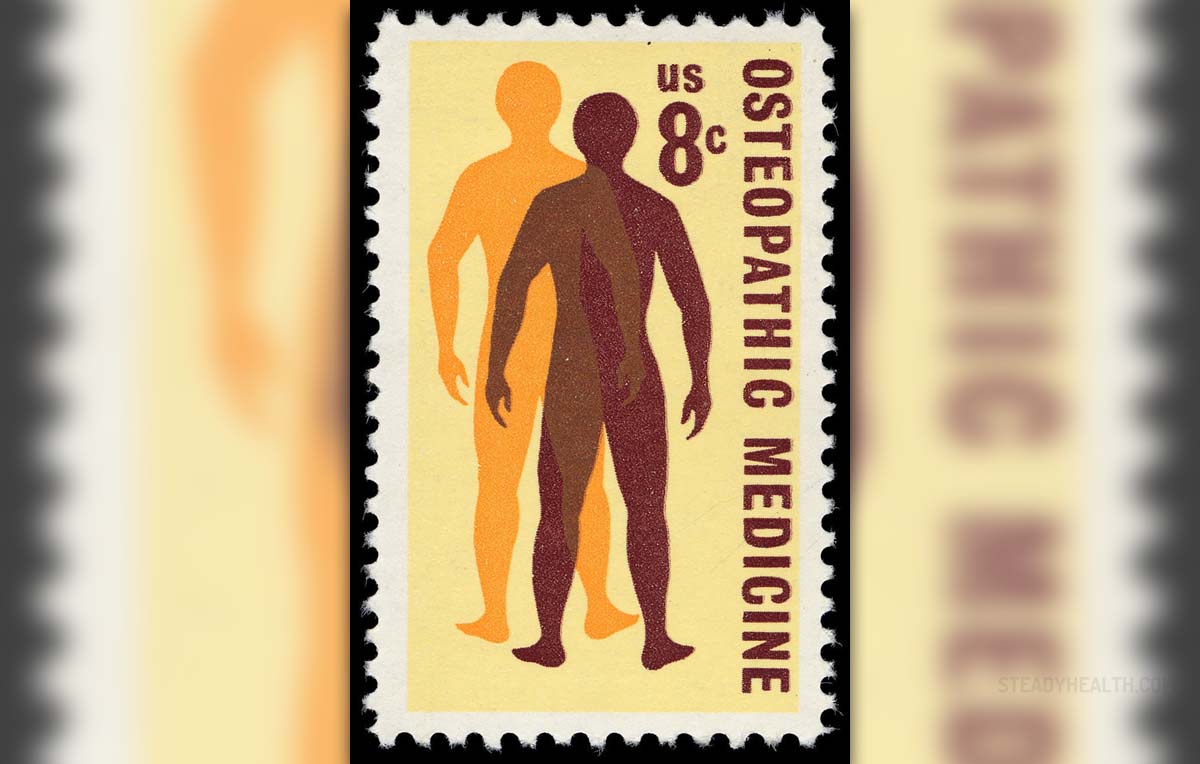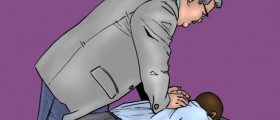
Osteopathy and Osteopathic Medicine
Osteopathic medicine is a kind of medical practice characteristic for the United States that dates back to 1874 and its pioneer Dr. Andrew Taylor Still. Still’s philosophy focused on investigating individuals who were in good health in order to apprehend the course of a disease. He also aimed his attention at prevention, healthy nutrition, and exercise while trying to stir focus on the unity of all body parts. In Still’s opinion, the muscles and the skeletal system are the focal points when it comes to good health. Dr. Still coined the term ‘wellness’, and to this day the osteopathic physicians, also known as D.O.s, advocate focusing on reducing the health risks to a minimum and taking more responsibility for one’s health. For instance, in combination with adequate therapy, individuals should take proper measure to reduce cholesterol or smoking while at the same time eating a healthy diet and exercising on a regular basis. Osteopathic doctors do administer prescribed medications, medical interventions, and modern testing. They also try to educate the individual on disease prevention methods and the benefits of health improvement for one of their core beliefs is that the body has the ability to cure itself. The osteopathic doctors can be found in every specialty of medicine, are licensed to practice in all 50 states, and their kind of medicine is the fastest growing medical care profession in America. The osteopathic doctors are similar to the allopathic physicians, or M.D.s, in many ways. For instance, both go through 4 years of medical school coupled with residence and internship programs that train them to practice a medical specialty. Upon completion, both M.D.s and D.O.s have to get state licenses to practice medicine, and are capable of providing all kinds of medical care. However, the osteopathic doctors belong to a distinct department of health care and provide an alternative perspective to medicine. The graduate schools that they attend are accredited by the American Osteopathic Association’s Commission on Osteopathic College Accreditation. In order to be admitted, prospective applicants must meet the same requirements as for any other graduate school of medicine in the country. The program lasts for four years and is focused on prevention, and treating the patient as a whole. After graduation, the students move on to complete internships where they are prepared to be primary medical providers. The prospective osteopathic doctors then complete residences that last from 2 to 6 years, which enable them to be specialized medical doctors. Finally, after obtaining the state license, the individuals are permitted to practice medicine in the United States.
Osteopathic Philosophy
The philosophy of osteopathic doctors is centered around treating a patient as a whole, rather than just focusing on reduction of particular signs of illnesses. They believe that every body part affects another, and no one organ can be treated on its own. As previously mentioned, the most important body parts are the muscles and the skeletal system, which compose 75 percent of the person’s body weight. An osteopathic doctor will perform an examination of the muscles and the bones to try and recognize any fundamental problems, while their proposed treatment consists of embracing the body’s innate ability to recover itself. The osteopathic doctors are not concerned with symptoms as much as they are with the underlying cause of the problem. They also believe that no medical treatment can be as powerful as the body’s natural potential to help itself get rid of adverse elements that are interfering with its functioning. In order to maximize the body’s self-healing capabilities, the D.O.s provide advice for changing lifestyles which include stress management, healthy eating and engaging in physical activity, and exclude unhealthy habits like eating junk food, smoking, drinking, and the like.
Osteopathy Embraces All Known Areas of Practice
The osteopathic doctors diagnose illnesses, propose courses of therapy, prescribe drugs, and perform medical operations. Aside from the fact that the osteopathic doctors are present in all areas of medicine, their primary area of expertise is general medicine. Most D.O.s are family physicians with small private practices. Other areas of medicine where osteopathic doctors can be found are gynecology, pediatrics, internal medicine, and obstetrics. One of the distinct features of D.O.s therapy is using the hands to identify problems, apply treatment as well as prevent diseases and trauma. Using the hands by the D.O.s is termed osteopathic manipulative treatment, and its practice includes moving the muscles and joints. The advantages in engaging in OMT include increased flexibility and ability to move, and lowered pain. The main purpose of OMT is to address muscle problems, but there are various other disorders that are successfully cared for through the employment of this technique. Some of those include menstrual cramps, headaches, and sinus and other respiratory problems. In some instances, the OMT is used in conjunction with medications, while in others in can replace drugs or even surgery.














Your thoughts on this
Loading...